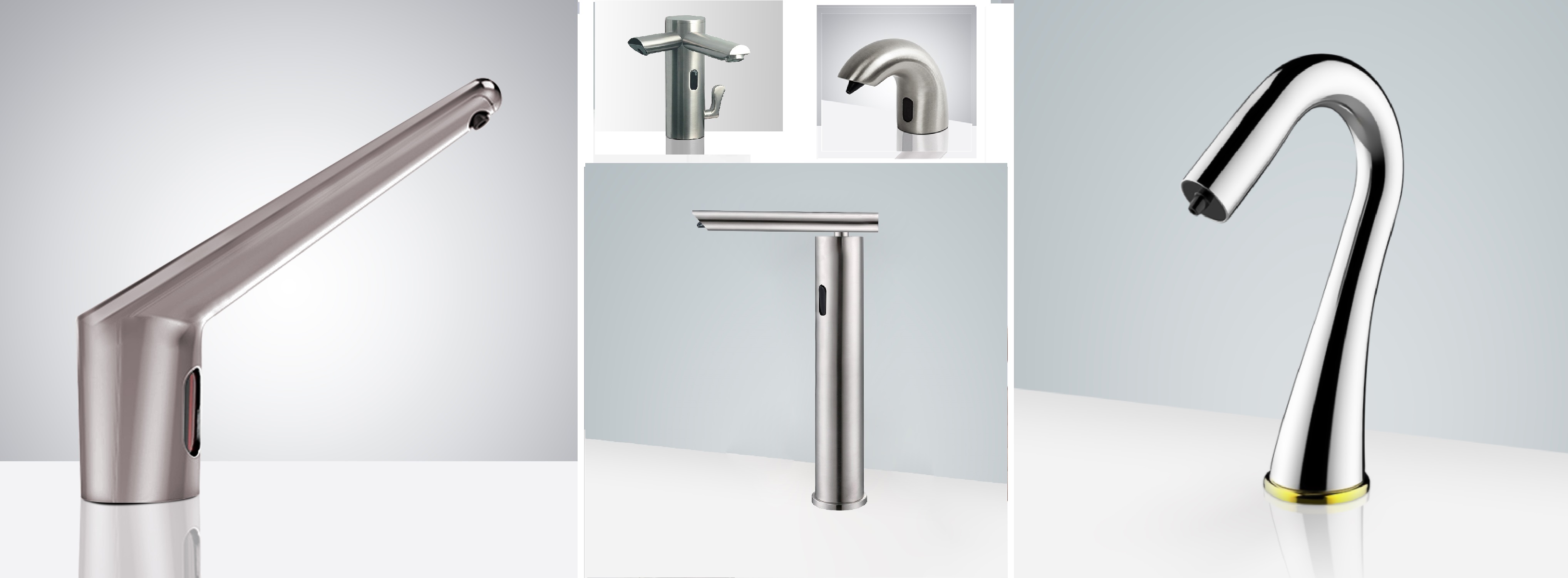How to Design a Touchless Bathroom
Motion Touchless Designing Touchless Solutions For Proper Hand Hygiene In public restrooms. Sensor Faucets can be found in most public restrooms, kitchens, break rooms, and service areas in all commercial and institutional buildings. Lavatory faucets are generally designed for use either in private or public. The private use of the faucets are generally found in homes, ho-tel guest rooms, dorms, barracks, and hospital rooms. Public-use lavatory faucets are those intended for unrestricted use by the public, and those restrooms can be found in many places such as public restrooms in offices, malls, schools, restaurants, or other commercial, industrial, and institutional buildings. When it comes to improving faucet water efficiency in these lavatories, there are two different ways to apply technology: optimizing faucets and using faucet accessories. A faucet accessory is defined as a component that can be added, removed, or re-placed easily and, when removed, does not prevent the faucet from functioning properly. Faucet accessories include flow restrictive, flow regulators, aerators, and laminar flow devices. The motion sensor faucet accessories can be incorporated into those new faucet to control the water flow rate as well, with such accessories that can be an external components to any existing motion sensor faucet’s spout. Normally the automatic sensors will trigger the on/off mechanism when users place their hands under the faucet or put their hand infron of the sensor located on the faucet.

There are many different types of motion faucets that may not provide additional water savings. In most cases, automatic sensors open the faucet valve completely when in use, whereas users of manually controlled faucets typically do not turn the tap fully on. Some jurisdictions might mandate the use of automatic sensors by code in certain applications. Automatic sensors can provide health and sanitation benefits in public-use facilities, since they are a hands-free option. However, recent research suggests that automatic sensor faucets might be more likely to be contaminated with Legionella ,compared to old-style fixtures with separate handles for hot and cold water. This might be because the electronic faucet technology has more surfaces for the bacteria to become trapped and grow, or it might be because of the low flow rate of the faucets tested.